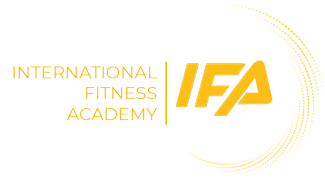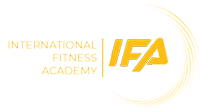What are your client’s fitness goals? To create rock-solid abs, recover from an injury or to run a ultra-marathon?
No matter what their “big picture” fitness goal is, there are two main forms of exercise that you can use to develop their program:
- Compound exercises
- Isolation exercises
As the names suggest, compound exercises activate a series of muscles and joints, where as isolation exercises focus on just one area of the body. Both forms add value to a workout depending on your client’s fitness goals and needs.
Let’s take a deeper look…
Compound Exercise
These exercises utilise multiple major muscle groups and joints to perform a movement.
An example of this is a deadlift, which requires the hips and knees to work together to hinge forward to pick up the weight, triggering numerous muscles in the body to complete the movement. When performed correctly the deadlift activates almost all joints and muscles in the body.
Compound exercises have the added bonus of burning more calories in one movement. They boost a larger hormonal response and build muscles at a more efficient rate.
Examples:
- Squat
- Lunge
- Bench press
- Dips
- Push ups
- Pull ups
Isolation Exercises
These exercises use one joint and limited muscles and are performed when trying to strengthen one area of the body. Isolation exercises are useful after injury to try and repair the affected area or when one muscle group is weaker.
The bicep curl is a great example of an isolation exercise that flexes the elbow joint and targets the muscles in the upper arm. Depending on the muscle group, being seated can be more effective as standing can change the muscles that are engaged.
Examples:
- Chest fly
- Dumbbell side raise
- Flat bench press
- Bicep curls
Is either better?
Both compound exercises and isolation exercises can provide benefits in a program depending on your client.
Performing a series of compound movements activates more muscles, which can save time and burn more calories – winning!
Isolation exercises still play a vital role, where some muscle groups may not being used correctly. This can lead to injury and weaker areas in the body.
Focusing on isolation exercise can bring attention to these areas and assist in correct form in a compound exercise.
So look at your client and assess their needs to find the perfect fit of compound and isolation exercises to make a winning workout team.


 BLOG SERIES
BLOG SERIES

